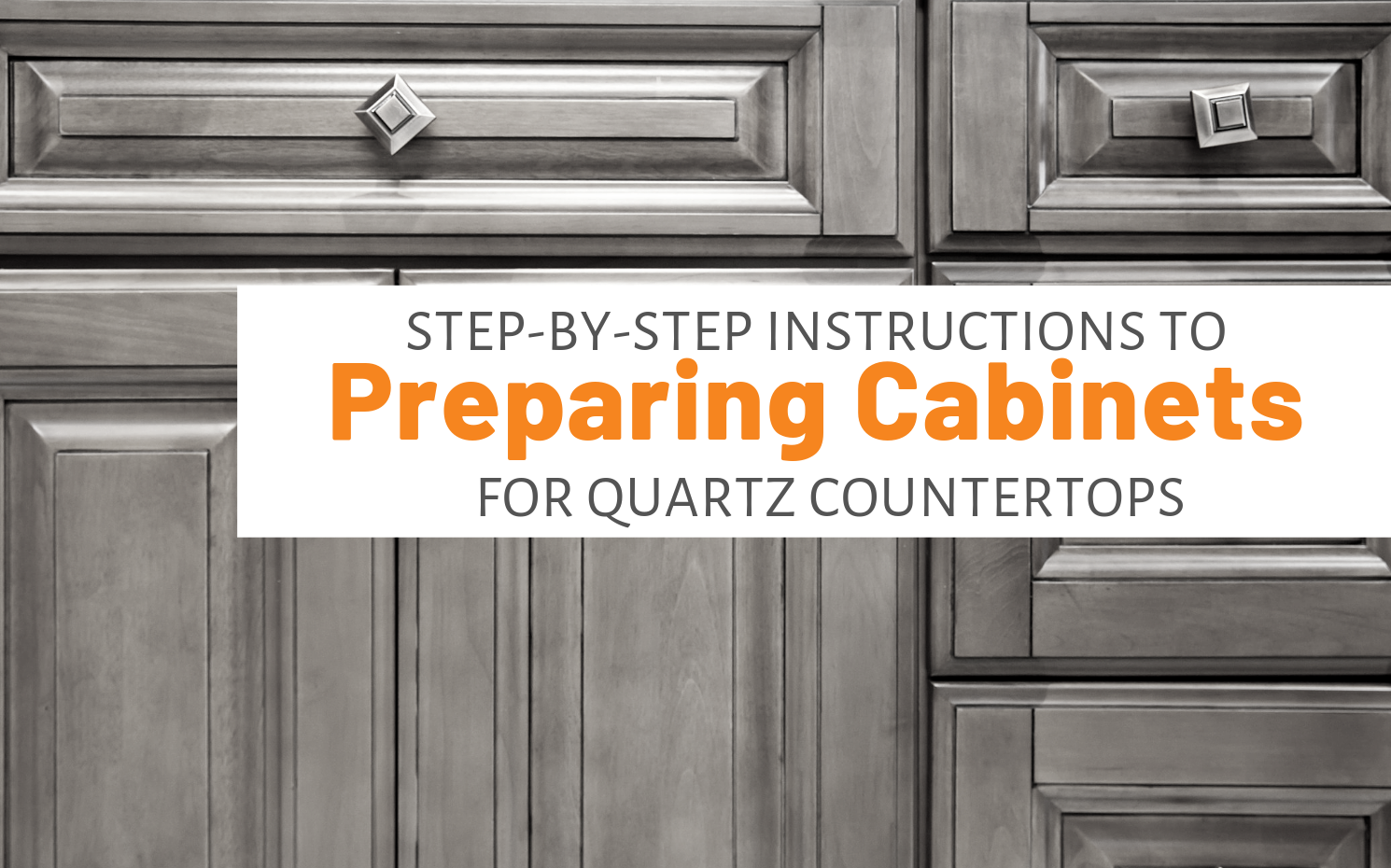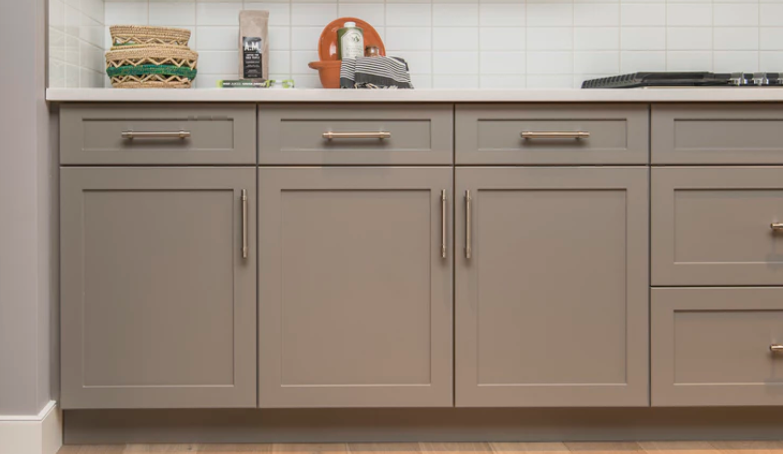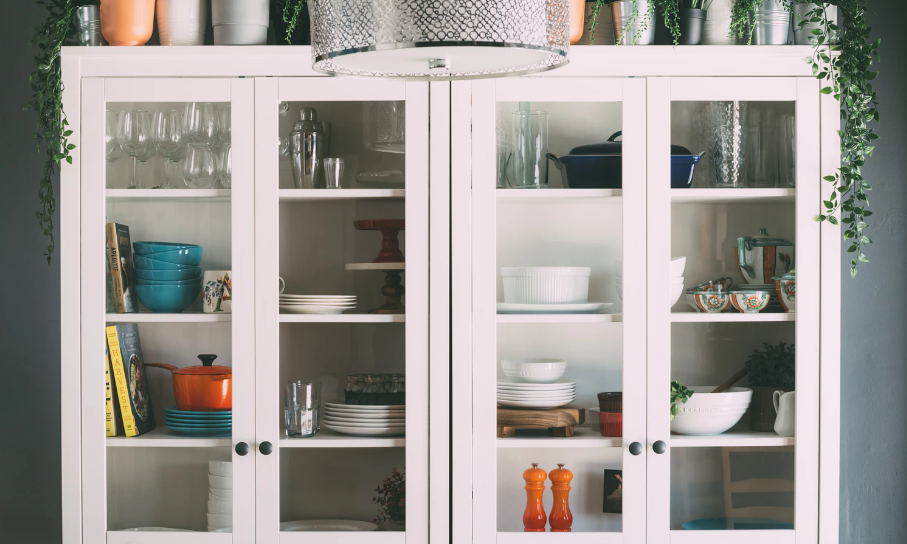Renovating your kitchen comes in many parts. Not only are there different areas to attend to, but each job could require destructive and constructive work. And before you place your newly-selected countertops in the space assigned for them, you need that space to be ready. So today, let’s walk through preparing cabinets for quartz countertops.

Step 1 – Communicate with your professional
Before you begin, ask your own installers what they need from you. When it comes to preparing cabinets for quartz countertops, be sure you know what you’re expected to do and what they’re expected to do.
Step 2 – Out with the old before in with the new
Before you get those gorgeous new quartz pieces installed, you will need to get rid of the previous countertops. You can start by ditching the seal that helps anchor the counter to the wall (silicone, perhaps). Really, this could mean just slicing it with a knife or razor blade.
Next, depending on the type of counter you’re removing, there may be screws anchoring the old counter to the cabinets. (From underneath of course, because nobody wants screws visible on the surface of their counters). If so, it’s time to remove them—with your cordless drill if you have one.
Now, it’s time to get that old countertop off (and it could take some elbow grease). On the other hand, some countertops won’t be screwed to the cabinets. So, simply tailor your removal process according to the situation you have.
Step 3 – Keep it level
While we always advise that you keep a level head during home renovation work, that’s not what we’re talking about. Instead, we’re suggesting you ensure that the surface you place your counters on is level.

Let’s say you’ve removed the old countertops and you’re stuck with a surprising realization. And it’s not the good kind of surprising, either. What you discover is that your cabinets aren’t level. They don’t all reach the same height. So if you place a flat slab on top of them, it will contact the cabinets in some places and not in others.
Naturally, you’re concerned with this because it could create pressure points in your engineered stone. This means there will be places where the counter is fully supported and places where it’s not. Ideally, you want the counter to be fully supported at all points underneath.
Non-level countertops—what’s next?
However, there’s no need to panic. Your quartz should be installed on a level surface. But there are a couple of ways to make this happen. For one, you may be able to place shims under the cabinets to level the tops. Or, you might opt to put plywood over the cabinets placing shims underneath the plywood as needed. When in doubt, ask your installer or another professional to recommend how you should handle non-level cabinets.
Keep in mind that your installer may tell you to place plywood over the cabinets. However, some homeowners would prefer not to because of the added height. If you’re trying to avoid the extra height that plywood would cause, you might feel stuck if your installer is insistent. One option is to find a different professional and get a second opinion. Perhaps there’s a way to handle things without adding that plywood.
Step 4 – Create adequate supports
Since we’ve already talked about keeping things level, you know that you want adequate support under your quartz. Of course, cabinets do a lot of the heavy lifting in this regard. With the quartz resting on top of them, they’re holding up the engineered stone surface.
But if you have any areas that won’t have cabinets underneath, it stands to reason they won’t have that advantage. You may not be able to leave it hanging over thin air. So, you may need to add supports to areas where the quartz won’t have cabinets to rest on. Again, consider consulting with your installer about this—determine if it’s their responsibility or yours.
Step 5 – Remove plumbing as needed
Check with your installer whether they need things like faucets removed before they begin work. If so, you may be able to save yourself money by doing this on your own. And, not to state the obvious, but we’re going to state the obvious here—turn off your water.
Of course, if you try to remove your plumbing without turning off your water, you may discover on your own that it’s a bad idea. Avoid the mess and turn off the water, then remove the faucet. On the flip side, do note that your installer could need to cut holes for faucet pieces. So, keep them available in case your installer needs them for a reference.
Step 6 – Clean out
If you don’t want your dishes exposed to the chaos of countertop renovation, the solution is simple. Clear them out of your cabinets. Place them somewhere else while the work is being done.

Call in the experts
Once your countertops are ready, let the pros take over. Of course, before the pros descend on your kitchen and turn it into a work of art, though, you do need to find and hire them. So, take a look at our Questions To Ask Before Hiring A Countertop Specialist.
The relativity of preparing cabinets for quartz countertops
Also, remember that each home’s situation is different. So, this may not be a comprehensive list of what your countertop installation will require. Check with your installer if you’re unsure what preparation you need to do.
Know before you go
Once you’ve finished preparing cabinets for quartz countertops, you’re one step closer to your finished product. Get ready to enjoy your new kitchen workspace. Since installation is the next step, check out our quartz countertop installation problems so that you’re forewarned and forearmed. Also, check out these 5 Things You Need To Know Before You Start Your Remodel.

Recent Comments